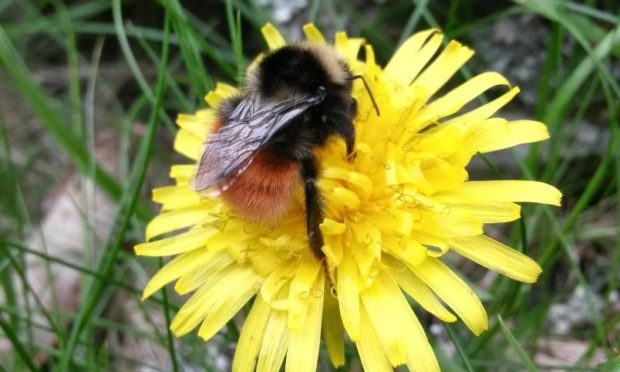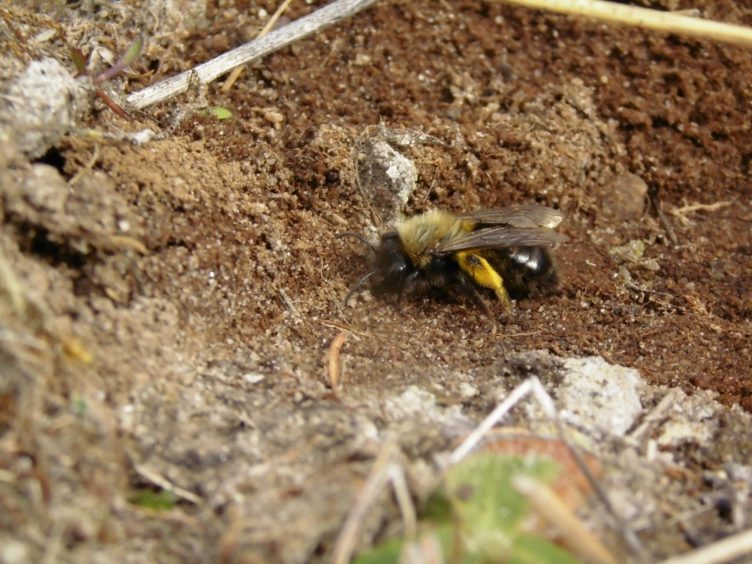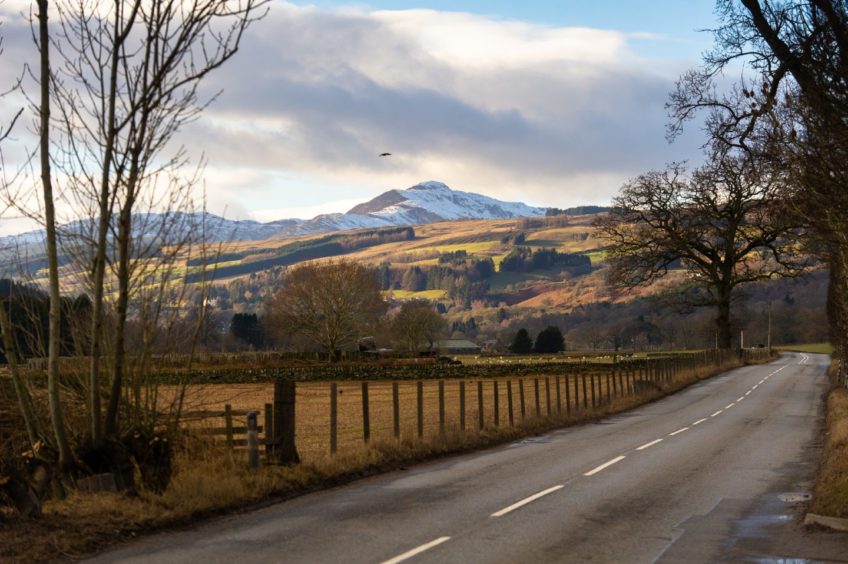Conservationists are buzzing with excitement after several new species of bee were recorded at a Highland Perthshire beauty spot.
Bee expert Anthony McCluskey made the discoveries at the Ben Lawers National Nature Reserve.
They were found as part of painstaking and time-consuming observational work, following pioneering efforts restore the mountain woodland site by the National Trust for Scotland.
Mr McCluskey’s observations are said to be extremely valuable indicators of the significance of restoring lost habitats, and are expected to pave the way for more monitoring.
The spot, to the north of Loch Tay, is already home to nine of the 24 known bumblebee species – including the rare bilberry bumblebee (Bombus monticola) and the broken-belted bumblebee (Bombus soroeensis).
But Mr McCluskey recorded some new discoveries amongst the woodlands over the last year. The species have never been recorded at the reserve and are tricky to identify, due to their size and hard-to-spot features.
The records were identified by the Bees Wasps and Ants Recordings Society.
There were also sightings of female Clarke’s mining bees (Andrena clarkella) for the first time foraging on willow catkins on the Morenish woodland trail.
The species are traditionally very hairy with pollen baskets not only on their legs but on their abdomen too. There is almost no record of them in the central Highlands.
Sightings of the rare female Lime-loving furrow bee (Lasioglossum fulvicorne) have also been logged – just the ninth time the species has been recorded in Scotland.
Those other sightings have all been logged in a small area of the Cairngorms.
Mr McCluskey said: “It was extremely exciting to find several new species at Ben Lawers, and no doubt there will be more to discover at this amazing site.”
He said his findings highlighted “the importance of providing just the right conditions for these remarkable insects,” adding: “This includes the willows and wildflowers that provide food for the bees, as well as the sunny spaces for them to nest in the ground.”


